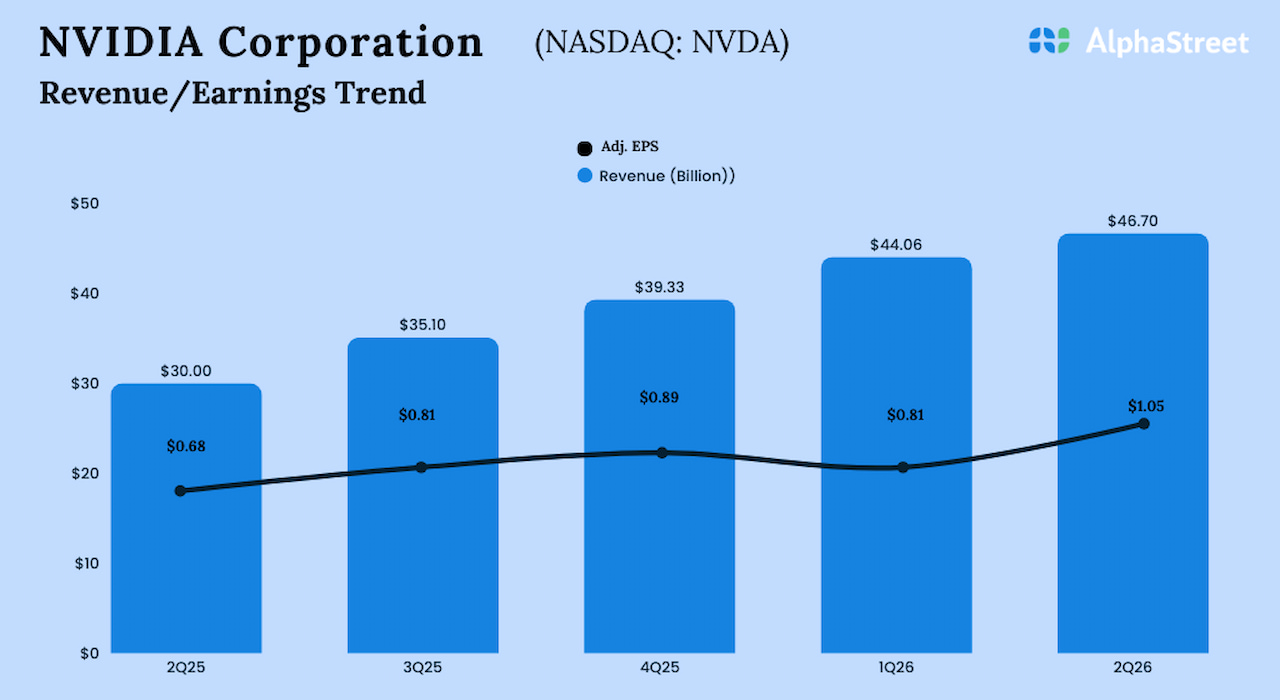Risk management is a crucial aspect of trading that can significantly impact a trader’s success. Trading inevitably involves a level of unpredictability, with market conditions influenced by various factors such as economic indicators, geopolitical events,
and even unexpected news. As trading becomes increasingly complex and interconnected, the potential for substantial gains is matched by a higher degree of risk.
Successful traders understand that losses are evident in the trading process and focus on minimising their impact. Implementing risk management strategies involves planning in advance, diversifying portfolios, and utilising the latest risk management applications.
By doing so, traders aim to protect their capital and avoid significant financial setbacks during adverse market conditions.
Strategic trade preparation
For traders, planning ahead is a fundamental practice in order to achieve trading success. When it comes to building a successful trading plan, even the most skilled traders recognise the need to incorporate risk management processes and tools into their
trades. Seasoned traders understand that losses are inevitable and, by acknowledging this reality, can formulate strategies to limit the impact of losses and safeguard their capital before they even begin.
Beyond the analysis of potential gains, strategic traders incorporate robust risk mitigation strategies such as setting stop-loss (S/L) and take-profit (T/P) points, diversify portfolios, and calculate position sizes to protect against unforeseen market
downturns.
Risk mitigation strategies
Diversifying involves spreading investments across different geographies, assets or asset classes, which helps to reduce the impact of a poor-performing investment on a trader’s overall portfolio. By not putting all their eggs in one basket, traders can
mitigate the risks associated with the volatility of individual assets, allowing for a more balanced exposure to various market forces.
Similarly, calculating position size is another critical aspect of risk management, involving determining the amount of capital allocated to each trade relative to the overall portfolio. Position sizing ensures that a single trade does not disproportionately
impact the entire portfolio, helping limit potential losses. Common methods for calculating position sizes include the percentage risk model, where traders determine a fixed percentage of their capital at risk per trade, and the volatility-based model, which
considers the historical volatility of an asset to determine position size.
Another option to protect against significant loss is by implementing S/L and T/P orders. A T/P order empowers traders to set a predetermined price at which they wish to close out their open position, securing profits without the potential vulnerability
of incurring losses. This strategic tool provides a disciplined approach to capitalise on favourable market movements, preventing the erosion of profits due to unforeseen events.
Similarly, a S/L order safeguards investors against significant losses by enabling them to set limits on buying or selling a stock once it reaches a specified price. This risk management tool ensures that traders are not exposed to more loss than they are
comfortable with, preserving capital and preventing emotionally driven decisions during volatile market conditions.
Advanced risk management tools
Beyond the traditional S/L and T/P orders, there are a range of sophisticated risk management tools that enhance the ability to navigate the financial markets with greater precision and control. Algorithmic trading software automates trading strategies,
executes trades based on predefined algorithms, and minimises the impact of flippant decisions.
Charting and technical analysis tools, such as TradingView and Trading Central, offer traders comprehensive charting capabilities and a plethora of technical analysis indicators. Additionally, risk management software, like Riskalyze and Personal Capital,
has become popular for assessing and managing investment risks by providing analytical insights into portfolio risk exposure.
News aggregators and sentiment analysis tools serve as valuable resources for traders to stay informed. These tools aggregate financial news and offer sentiment analysis, helping traders gauge market sentiment and make well-informed decisions. Mobile trading
applications also enable traders to execute deals and manage portfolios on the go, providing flexibility and real-time access to market movements.
Backtesting software has also proved beneficial as it allows traders to test their strategies against historical data, offering insights into potential performance and helping refine trading approaches. Finally, social trading platforms leverage copy trading,
enabling users to follow and replicate the trades of experienced investors. These platforms create a collaborative trading environment, allowing less experienced traders to benefit from the expertise of seasoned investors.
A risk averse future
In a landscape where market volatility and uncertainties prevail, careful risk management is the pinnacle of achieving consistent success in trading. By implementing strategic risk mitigation strategies and tools traders can become equipped with the means
to analyse, execute, and manage their trades with sophistication and, ultimately, mitigate risks and enhance their overall trading experience.






































